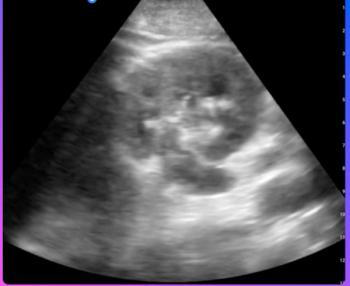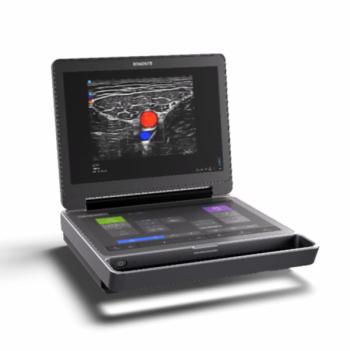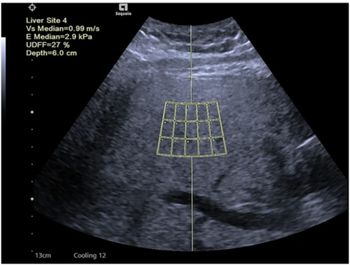
Radiation oncologists map prostate therapy
As radiation therapy develops more sophisticated targeting, researchers are turning to new imaging methods to direct it. Fused scintigraphy and CT images and daily ultrasound scanning both show promise as tools to concentrate intensity-modulated radiation therapy (IMRT) and spare surrounding healthy tissue.
As radiation therapy develops more sophisticated targeting, researchers are turning to new imaging methods to direct it. Fused scintigraphy and CT images and daily ultrasound scanning both show promise as tools to concentrate intensity-modulated radiation therapy (IMRT) and spare surrounding healthy tissue.
Researchers at the Mayo Clinic in Scottsdale, AZ, use ProstaScint scans fused with axial CT images of the pelvic region to target hot spots within the prostate. Because the imaging agent is taken up by bone, blood vessels, the bladder, and other anatomic landmarks, coregistration can be closely approximated, according to lead author Dr. Steven Schild.
In 43 patients, Schild and colleagues delivered treatment doses averaging 75.6 Gy over 42 fractions. They set strict limits for how much peripheral radiation exposure would be acceptable in the bladder and rectum.
Among 38 patients followed for six months, only one patient (2%), showed a grade 3 gastrointestinal toxicity. Another 48% showed grade 2 toxicity that could be treated with Imodium. About half had genitourinary symptoms of similar grade. Prostate-specific antigen levels dropped from an average of 6.9 before treatment to 1.9 after.
Researchers in Dijon, France, are using daily ultrasound studies to account for minor shifts in the prostate that could skew IMRT targeting. A software protocol that overlays 3D ultrasound on a simulation-planning CT has been able to track movement of 4 to 6 mm on different axes. The five-minute scan has been incorporated into routine practice since the initial study of 37 patients.
Both techniques underscore an evolution in therapy and targeting, Schild said.
"As we move to more image-guided therapy and to PET and PET/CT for planning, this is an area ripe for future investigation," he said.
Newsletter
Stay at the forefront of radiology with the Diagnostic Imaging newsletter, delivering the latest news, clinical insights, and imaging advancements for today’s radiologists.



























